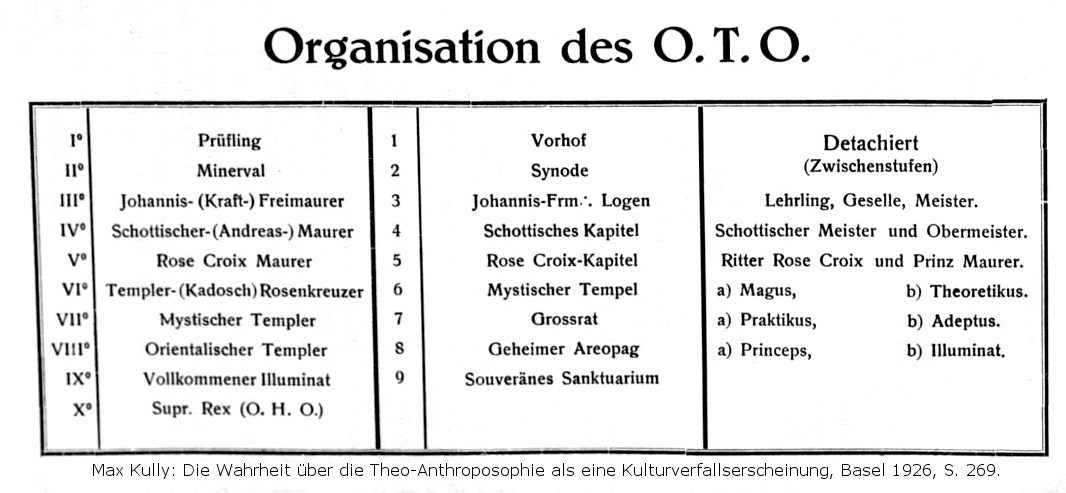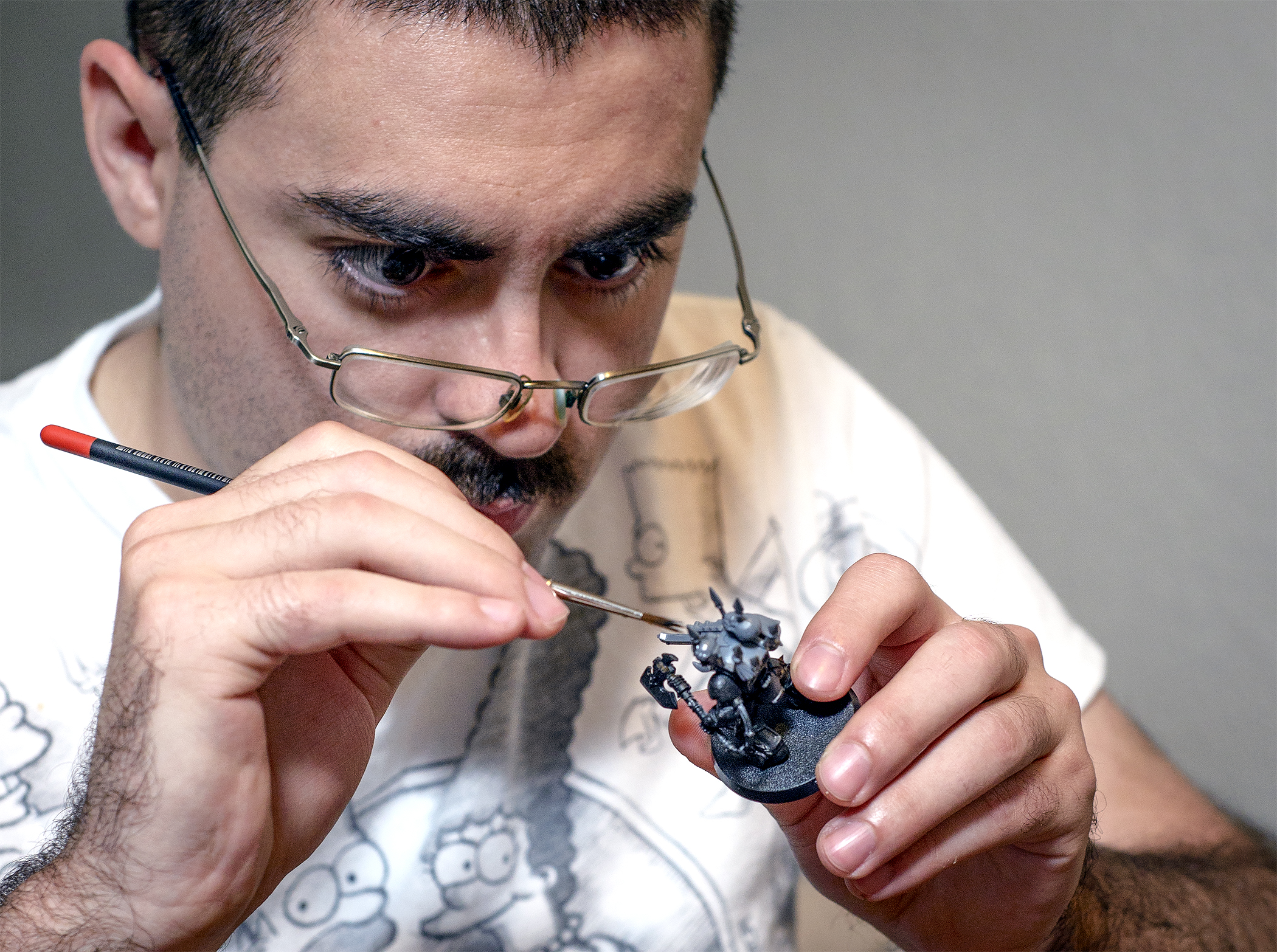|
Ordo
''Ordo'' (Latin "order, rank, class") may refer to: * A musical phrase constructed from one or more statements of a rhythmic mode pattern and ending in a rest * Big O notation in calculation of algorithm computational complexity * Orda (organization), also ''ordo'' or ''horde'', was a nomadic palace for the Mongol aristocrats and the Turkic rulers * Order (biology), in the taxonomy of organisms * Ordo Recitandi or directorium gives complete details of the celebration of the Eucharist and the Liturgy of the Hours, beginning with the first Sunday of Advent * Religious order in monasticism * The Inquisition from ''Warhammer 40,000'' has three main ordines: Ordo Malleus, Ordo Hereticus and Ordo Xenos * Ordo Templi Orientis, an organization dedicated to the religious philosophy of Thelema * The scholarly economic/political science journal ''The ORDO Yearbook of Economic and Social Order'' * Canderous Ordo, a fictional character in the Star Wars video games '' Star Wars: Knights of the Ol ... [...More Info...] [...Related Items...] OR: [Wikipedia] [Google] [Baidu] |
Ordo Templi Orientis
Ordo Templi Orientis (O.T.O.; ) is an occult Initiation, initiatory organization founded at the beginning of the 20th century. The origins of the O.T.O. can be traced back to the German-speaking occultists Carl Kellner (mystic), Carl Kellner, Heinrich Klein, Franz Hartmann and Theodor Reuss. Later, the O.T.O. was significantly shaped by the English author and occultist Aleister Crowley. After Crowley's death in 1947, four main branches of the O.T.O. have claimed exclusive descent from the original organization and primacy over the other ones. The most important and visible of these is the Caliphate O.T.O., incorporated by Crowley's student Grady McMurtry in 1979. Originally it was intended to be modeled after and associated with European Freemasonry,Sabazius X° and AMT IX°History of Ordo Templi Orientis Retrieved June 13, 2006. such as Masonic Templar organizations, but under the leadership of Aleister Crowley, O.T.O. was reorganized around Crowley's Thelema as its central rel ... [...More Info...] [...Related Items...] OR: [Wikipedia] [Google] [Baidu] |
Directorium
"''Directorium''" is a Latin word denoting a guide. In the later Middle Ages it was specially applied to Catholic liturgical guides for praying the Divine Office and Holy Mass. Early history For example, in the early fifteenth century Clement Maydeston, probably following foreign precedents, titled his reorganized '' Sarum Ordinal'' the "''Directorium Sacerdotum''". In this way the words "''Directorium Sacerdotum''" came to be included in the beginning of many books, some of them among the earliest products of the printing press in England, that served to instruct clergy as to the form of Divine Office and Mass to be prayed each day of the year. The use of "''directorium''" was not peculiar to England. For example, and not as the earliest one, a very similar work was published at Augsburg in 1501 with the title ''Index sive Directorium Missarum Horarumque secundum ritum chori Constanciensis diocesis dicendarumn''. This title evidences that a ''directorium'', i. e. a guide for pra ... [...More Info...] [...Related Items...] OR: [Wikipedia] [Google] [Baidu] |
ORDO (journal)
(English: ''The Ordo Yearbook of Economic and Social Order'', most commonly referred to as ''Ordo Yearbook'', or simply as ''ORDO'') is a peer review, peer-reviewed academic journal established in 1948 by German economists Walter Eucken and Franz Böhm. The journal focuses on the economic and political institutions governing modern society. History The term ordoliberalism was coined echoing the journal's title. Furthermore, the concept of social market economy, being the main Economic system, economic model used in Western Europe, Western and Northern Europe during and after the Cold War era, has been developed nearly exclusively within ''ORDO''. Today, the journal's mission is to provide a forum of debate for scholars of interdisciplinarity, diverse disciplines such as economics, law, political science, sociology, and philosophy.Frank Boenker, Agnès Labrousse, and Jean-Daniel Weisz (2000):The Evolution of Ordoliberalism in the Light of the Ordo Yearbook. A Bibliometric Analysi ... [...More Info...] [...Related Items...] OR: [Wikipedia] [Google] [Baidu] |
Order Of Mass
Order of Mass is an outline of a Mass celebration, describing how and in what order liturgical texts and rituals are employed to constitute a Mass. The expression Order of Mass is particularly tied to the Roman Rite where the sections under that title in the Roman Missal also contain a set of liturgical texts that recur in most or in all Eucharistic liturgies (the so-called invariable texts, or '' ordinary'' of the Mass), while the rubrics indicate the rituals, and the insertion points of the variable texts known as the proper of the Mass. Having been virtually unchanged for many centuries, the Roman Catholic Order of Mass changed decisively after the Second Vatican Council. Other Christian denominations have comparable descriptions of their liturgical practices for the Eucharist, which are however usually not called Order of Mass. Sections of the Order of Mass The Order of Mass in Western liturgy generally consists of the following sections: 1. Liturgy of the Word # The Prayers ... [...More Info...] [...Related Items...] OR: [Wikipedia] [Google] [Baidu] |
Orda (organization)
An orda (also ordu, ordo, or ordon) or horde was a historical sociopolitical and military structure found on the Eurasian Steppe, usually associated with the Turkic and Mongol peoples. This form of entity can be seen as the regional equivalent of a clan or a tribe. Some successful ordas gave rise to khanates. While the East Slavic term ''ordo'' and later derived term ''horda/horde'' were in origin borrowings from the Turkic term ''ordo'' for "camp, headquarters", the original term did not carry the meaning of a large khanate such as the Golden Horde. These structures were contemporarily referred to as ''ulus'' ("nation" or "tribe"). Etymology Etymologically, the word "ordu" comes from the Turkic "ordu" which means army in Turkic and Mongolian languages, "seat of power" or "royal court". Within the Liao Empire of the Khitans, the word ordo was used to refer to a nobleman's personal entourage or court, which included servants, retainers, and bodyguards. Emperors, empresses, ... [...More Info...] [...Related Items...] OR: [Wikipedia] [Google] [Baidu] |
Warhammer 40,000
''Warhammer 40,000'' is a miniature wargame produced by Games Workshop. It is the most popular miniature wargame in the world, and is particularly popular in the United Kingdom. The first edition of the rulebook was published in September 1987, and the ninth and current edition was released in July 2020. As in other miniature wargames, players enact battles using Miniature model (gaming), miniature models of warriors and fighting vehicles. The playing area is a tabletop model of a battlefield, comprising models of buildings, hills, trees, and other terrain features. Each player takes turns moving their model warriors around the battlefield and fighting their opponent's warriors. These fights are resolved using dice and simple arithmetic. ''Warhammer 40,000'' is set in the distant future, where a stagnant human civilization is beset by hostile aliens and supernatural creatures. The models in the game are a mixture of humans, aliens, and supernatural monsters, wielding futuristic ... [...More Info...] [...Related Items...] OR: [Wikipedia] [Google] [Baidu] |
Knights Of The Old Republic Characters
A knight is a person granted an honorary title of knighthood by a head of state (including the Pope) or representative for service to the monarch, the church or the country, especially in a military capacity. Knighthood finds origins in the Greek '' hippeis'' and ''hoplite'' (ἱππεῖς) and Roman ''eques'' and ''centurion'' of classical antiquity. In the Early Middle Ages in Europe, knighthood was conferred upon mounted warriors. During the High Middle Ages, knighthood was considered a class of lower nobility. By the Late Middle Ages, the rank had become associated with the ideals of chivalry, a code of conduct for the perfect courtly Christian warrior. Often, a knight was a vassal who served as an elite fighter or a bodyguard for a lord, with payment in the form of land holdings. The lords trusted the knights, who were skilled in battle on horseback. Knighthood in the Middle Ages was closely linked with horsemanship (and especially the joust) from its ... [...More Info...] [...Related Items...] OR: [Wikipedia] [Google] [Baidu] |


